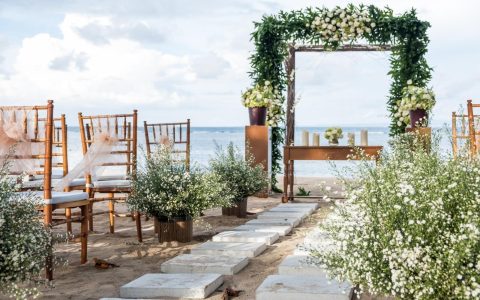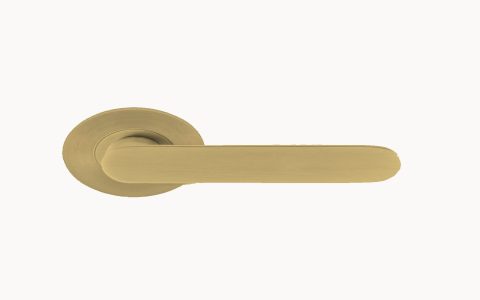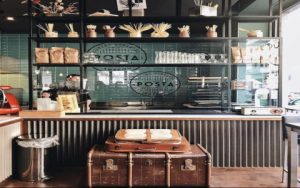Effective boathouse design centers on marrying functional boat storage with the unique demands and opportunities of a waterfront location. The primary goal is to protect watercraft while potentially offering additional utility, such as living space or workshops, all while respecting the natural environment.
Key Design Considerations
A successful boathouse project hinges on careful consideration of several critical factors:
- Site Analysis & Environmental Impact: Understanding the specific water body (lake, river, tidal), water level fluctuations, prevailing weather conditions (wind, ice, sun), and local shoreline regulations is foundational. The foundation type—pilings, floating docks, or crib structures—must be chosen to suit these conditions and minimize ecological disturbance.
- Functional Program: Clearly define the boathouse's purpose. Will it solely house and protect boats, or will it incorporate living quarters, entertainment areas, or workshop space? The number, size, and type of boats will dictate slip dimensions, vertical clearance, and access requirements.
- Structural Integrity & Material Selection: Durability is paramount. Materials must withstand constant moisture, UV exposure, potential impacts, and marine organisms. Common choices include pressure-treated timber, marine-grade aluminum, galvanized or stainless steel, and advanced composite materials. Structural engineering must account for boat loads, wind uplift, and, in colder climates, ice and snow loads.
- Boat Access & Handling Systems: Efficient and safe boat launching, retrieval, and mooring are crucial. This includes appropriately sized boat slips, robust docking hardware, and often, boat lift systems (e.g., hydraulic, cable, floating lifts) to keep hulls out of the water when not in use.
- Integration of Living Spaces (if applicable): When living quarters are included, design must optimize for views, natural light, and ventilation. Layouts should facilitate easy movement between indoor and outdoor areas, and robust utility planning (water, power, waste) is essential.
- Aesthetics & Architectural Style: The boathouse's appearance should be thoughtfully considered, aligning with the owner's preferences and often complementing the primary residence or local architectural vernacular. Styles range from traditional, rustic designs to sleek, contemporary structures.
Common Boathouse Architectural Styles
Boathouse designs can be broadly categorized, though many blend elements:

- Traditional Gable or Gambrel Roof Boathouses: Often featuring timber framing, wood siding, and classic rooflines. These prioritize shelter and may include lofts for storage or simple accommodations.
- Modern & Contemporary Boathouses: Characterized by clean lines, flat or low-slope roofs, extensive use of glass, and often incorporating materials like metal and concrete. Rooftop decks are a popular feature.
- Floating Boathouses: Constructed on a buoyant foundation, these structures adapt to varying water levels, making them ideal for tidal waters or reservoirs. Design must account for stability and secure mooring.
- Boathouses with Integrated Upper-Level Living: These multi-functional structures typically dedicate the ground level to boat storage and access, with comprehensive living accommodations situated above, maximizing views and separation of functions.
Essential Features for Optimal Functionality
Regardless of style or size, certain features are fundamental to a well-designed boathouse:
- Secure Docking & Mooring Systems: High-quality cleats, fenders, and strategically placed mooring whips or piles.
- Reliable Boat Lifts: To protect hulls from marine growth, corrosion, and storm damage, and to simplify maintenance.
- Ample and Organized Storage: Dedicated spaces for boating equipment, safety gear, fishing tackle, watersports accessories, and maintenance supplies.
- Utility Access: Safe and code-compliant electrical systems for lifts, lighting, tools, and appliances. Potable water supply and appropriate wastewater management if habitable.
- Effective Ventilation: Crucial for preventing mold, mildew, and moisture buildup, especially in enclosed boat bays and storage areas. This can be achieved through natural cross-ventilation or mechanical systems.
- Durable Decking and Walkways: Non-slip, weather-resistant surfaces for safe access around the boathouse and docks.







